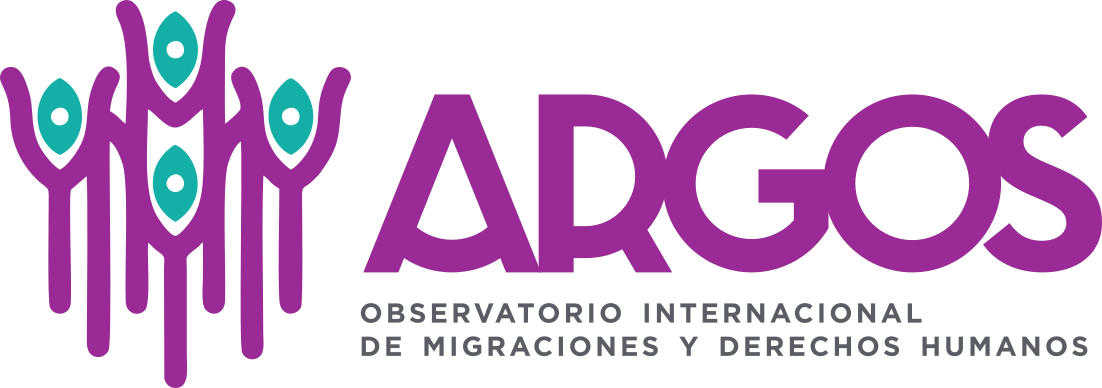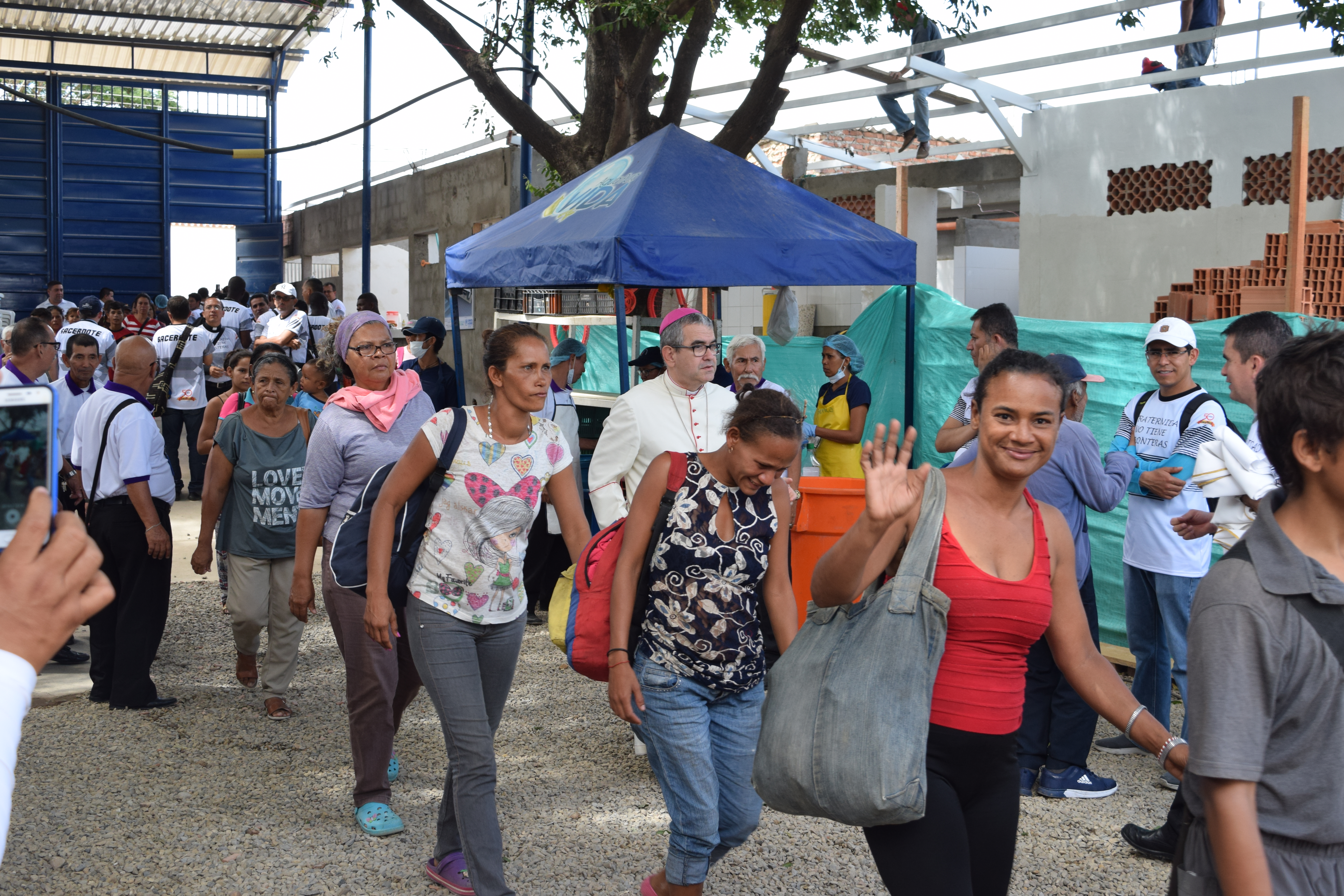The process of human mobility recorded in recent times in the Bolivarian Republic of Venezuela is a relatively recent phenomenon. It is from the 1980s onwards that a discreet but growing phenomenon of Venezuelan migration to northern countries began. Since then, there have been substantial variations in the migratory destinations chosen by Venezuelan-born people, as well as in the profile of migrants. However, massive migrations per se have only been registered in this country since 2014.
Venezuelan migrations since the 1980s had been characterized by being mostly female, concentrated in people from middle and high socioeconomic strata, and having countries such as the United States, Spain and Italy as migratory destinations. After 2015, it became evident that Venezuelan emigration was mostly male, concentrated in people from middle and low socioeconomic strata, and where the countries of migratory destination became, fundamentally, Latin America and, more specifically, Colombia, Peru and Chile, although also with an important presence in countries such as Ecuador and Argentina.
It is precisely the history of Venezuela as a country of migratory destination that marks the destiny of its own emigrations. It can be seen that the return migration of nationals from southern European and Latin American countries has facilitated the formation of migratory networks, so that return migration drags along Venezuelan migration without dual nationality, largely due to the effective integration that the country offered to its immigrants in past decades.
Another factor that has contributed to stimulate emigration resides in the binational migratory agreements, which, with legislation inspired by reciprocity, facilitated Venezuelan migration processes to countries that were historically expellers of human groups to Venezuela. Likewise, the importance of the free transit agreement within the framework of the Southern Common Market (Mercosur), which in practice allowed the movement of people throughout South America, cannot be ignored. In recent years, however, these facilities have been suspended due to obstacles erected for the control of Venezuelan migrations.
It should be noted that since 2014 an economic, financial and commercial blockade has been active against Venezuela, this being the most important factor contributing to emigration: the devastating effects of the package of unilateral coercive measures imposed against Venezuela, of a U.S. and European nature, has generated a serious and massive violation of a wide range of human rights of the Venezuelan population in view of their inability to access food, medicines and quality public services.
Regarding Venezuelan migration figures, multilateral organizations such as the United Nations (UN) Population Division and the International Organization for Migration (IOM) have shown difficulties in establishing a measurement of Venezuelan migratory flows due to the weight of return migration1 and people with dual nationality. This has caused differences in the UN agencies’ own statistics of almost 100% for 2019. The United Nations High Commissioner for Refugees (UNHCR) acknowledges that their own registration is not reliable, and they point out that a person is likely to be counted multiple times because it is not a biunivocal registration, so that the same person may be registered as many times as they cross the same border on different occasions. It also does not differentiate international emigration from circular and pendular migration flows (which, among others, include people who cross the border and return in a short time, for commercial, labor, educational or health reasons).
The Coordination Platform for Venezuelan Refugees and Migrants (R4V), clarifies in each update report that its figures are not based on biunivocal records, through the following tagline: “this figure represents the sum of Venezuelan migrants, refugees and asylum seekers reported by host governments It does not necessarily imply individual identification, nor registration of each individual, and includes a degree of estimation” (R4V, 2019). However, despite the important methodological clarification, the Platform’s press releases and reports give the figure the quality of being the number of “Venezuelans” abroad, without taking into account the risk of overestimation that this entails. Hence the figure of 4.5 million migrants that is often quoted in the international press.
Based on such figures, governments, political sectors, non-governmental organizations, multilateral agencies and the media do not usually refrain from disclosing exaggerated and overestimated figures of Venezuelan migrants, trying to equate such migration with a “refugee crisis”, thus preventing the phenomenon from being known in its multiple dimensions.
Notwithstanding the above, the trend of Venezuelan migration to the region has now shown an abrupt turnaround during 2020. Even months before the beginning of the health crisis caused by the COVID-19 pandemic, more than 200,000 people returned to Venezuela, mainly from Colombia, Ecuador, Peru and Brazil, by all possible means, as a result of massive evictions, dismissals, violence and discriminatory acts against them. There have been numerous complaints made by Venezuelan migrants about the little or no attention received by the authorities of those countries, not to mention the fact that this population has not benefited from social protection plans, nor has a regional plan been contemplated to guarantee their safe transfer to Venezuela.
The socio-demographic and labor characteristics of the Venezuelan migrant population, the scarce information they have on the risks, opportunities and conditions of the places of destination, as well as on the strategies for incorporation into the labor market (given the conditions of departure of some of these people), are factors that may condition vulnerability with respect to the protection of their human rights in the countries of destination, due to discriminatory behavior, xenophobia, scarce access to health and education services, lack of employment, labor exploitation and human trafficking.
References:
1 In this regard, it should not be overlooked that data for 1987 indicated that the foreign-born population residing in the country reached 7.40% of the total population, with a significant presence of people of Latin American nationality. On the other hand, in relation to Europe, the National Institute of Statistics of Spain reported return migration processes of Spaniards or descendants of Spaniards born in Venezuela.

